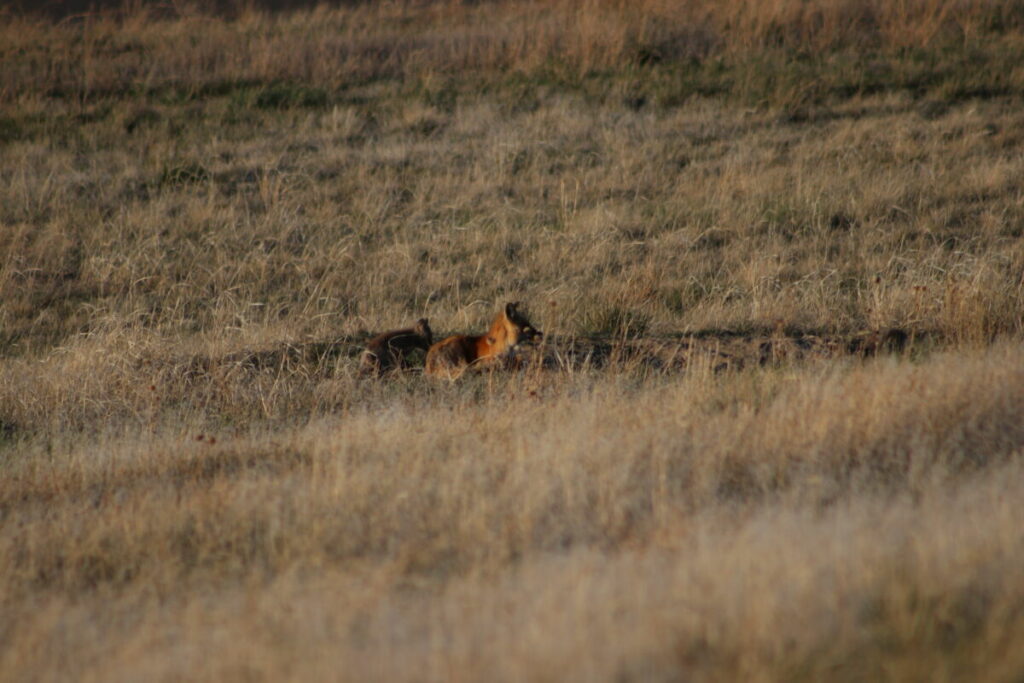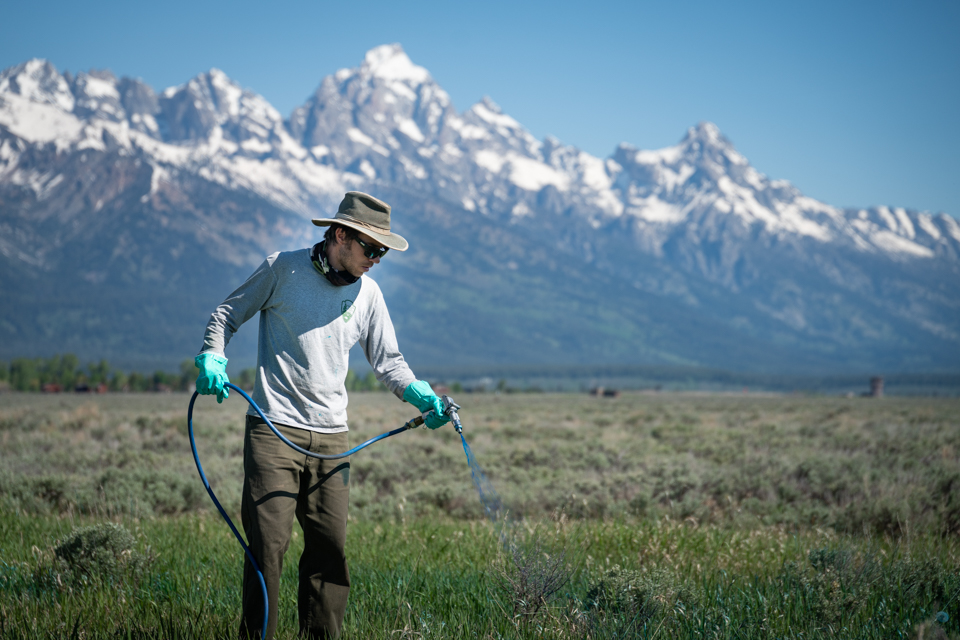Yellowstone Glaciers: 9 Places to See the Impact of Glaciers in Yellowstone
Written by Nick on May 26, 2023
How Yellowstone Glaciers Shaped the Park and the Region as We Know It
As you gaze at the bison herds in Hayden Valley or watch Old Faithful geyser erupt, glaciers may be the furthest thing from your mind. But did you know that at one point, Yellowstone National Park was covered by an ice cap that was as thick as 4,000 feet?
Over the past 2.6 million years, glaciers have carved the Yellowstone region and much of North America into the landscape we know today. Unless you have a topographical map and know what to look for, though, it can be tough to see evidence of Yellowstone glaciers and their monumental impact.
Still, there are a few places within the world’s first national park where you can find what Yellowstone glaciers left behind.
How Long Did Ice Cover the Yellowstone Region?
Yellowstone glaciers date back well over a million years, with a glaciel deposit near Tower Falls some 1.3 million years old.
Much more recently, the Yellowstone region was covered by the Bull Lake glaciers for about 9,000 years, some 151,000-160,000 years ago.
Most scholarly work regarding Yellowstone glaciers has focused on the Pinedale glaciation. Though a lack of conclusive evidence makes it difficult for researchers to date this period, the peak of the Pinedale glaciation is estimated to have occurred roughly 21,000 years ago to 15,000-16,000 years ago depending on the region.
During this time, Mount Washburn was totally covered by ice.
As of 13,000-14,000 years ago, though, there’s been no ice on the majority of the Yellowstone Plateau.
Where Can I See Evidence of Yellowstone Glaciers?
The National Park Service has published some helpful information to guide you as you look for evidence of Yellowstone glaciers throughout the park. Here’s where you can go and what you can see.
In the Lamar Valley, melting glaciers left a number of moraines, huge boulders, and ponds between teh Yellowstone and Lamar Rivers.
Hayden Valley contains contact deposits from glaciers and ice water. In addition, glacial till covers the valley — a result of the most recent glacial retreat. You’ll notice that Hayden Valley is fairly marshy. This is because the glacial till includes clay and a small layer of lake sediments that prevent the ground from rapidly absorbing water.
You’ll find similar meadows and wetlands in Swan Lake Flat, which were also formed by glacial retreat. To the northwest, glaciers carved what we know today as Electric Peak.
Though the Pinedale ice cap was thousands of feet thick, it didn’t cover several of the peaks in the Gallatin Mountains, which you can see from Norris Geyser Basin.
As mentioned above, the oldest known Yellowstone glaciers occurred near Tower Fall, and it’s believed that sediments between basalt layers north of Tower Fall may show evidence of this glaciation. You can also see enormous boulders left over from the Pinedale glaciation here.
West of Seven Mile Bridge in the Madison Valley, you can see recent Madison River deposits as well as glacial outwash and moraines.
Ice water contact deposits and volcanic rocks are present in the Upper Geyser Basin. It’s these deposits, found also beneath other Yellowstone geyser basins, that contain the necessary water for geysers to function.
Mammoth Hot Springs contains thermal kames. Of the peaks in this area, Sepulcher Mountain wasn’t quite covered by the Pinedale glaciation, but Yellowstone glaciers did hide Bunsen Peak and Mount Everts.
You can find more thermal kames — Porcupine Hills and Twin Buttes — at Fountain Flats.
Remember, seeing all the sites in Yellowstone National Park, including exploring areas with evidence of glacial activity, requires some driving. If you’re new to the park, consider reviewing our helpful tips for driving in Yellowstone.




